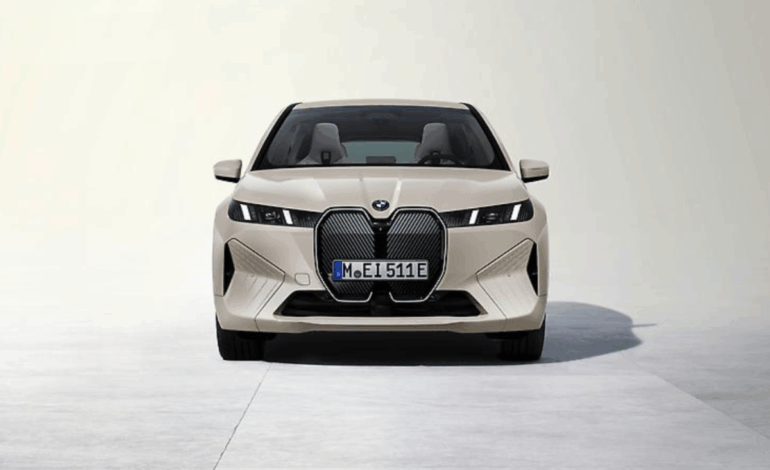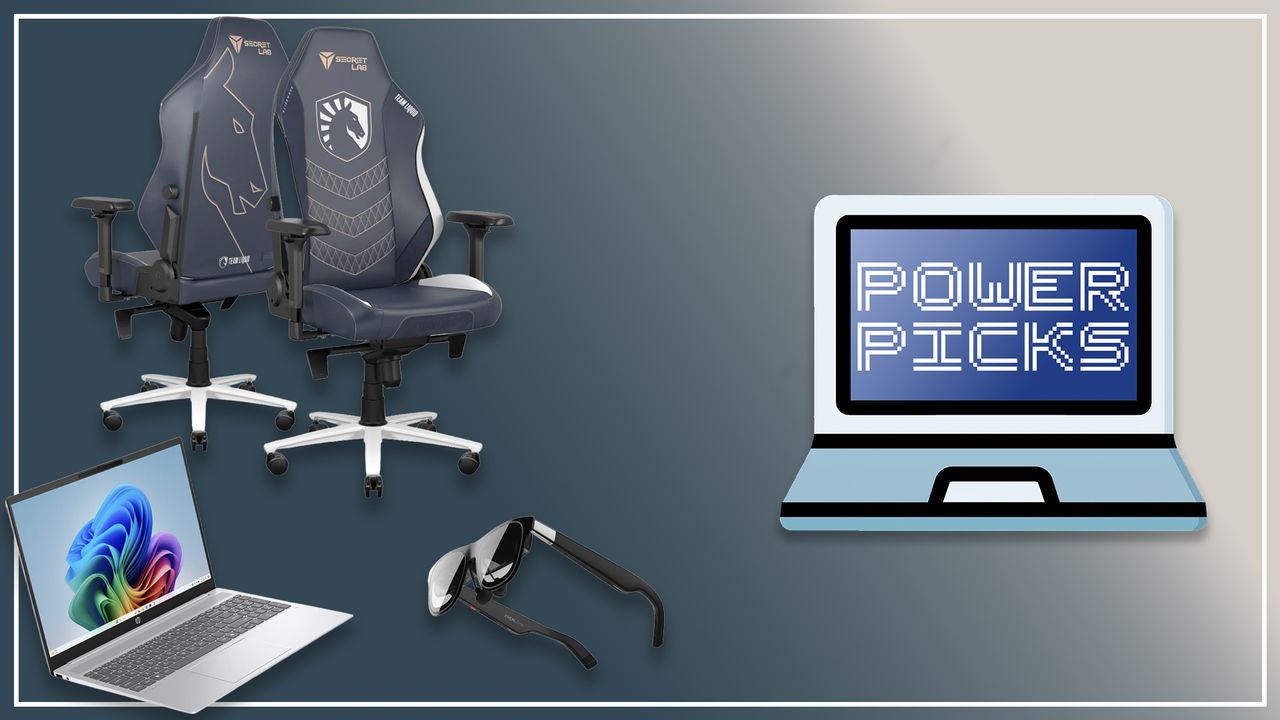Automotive Suppliers Shift Strategies Amid Changing EV Demand

Automakers and their suppliers are reevaluating strategies in response to a significant shift in consumer demand for battery-electric vehicles (EVs). This change has prompted companies like ZF Friedrichshafen AG, a leading supplier based in Germany, to reassess their resource allocation and product offerings. Otmar Scharrer, ZF’s head of research and development for electrified powertrain technology, expressed this sentiment during a recent event, stating, “The only strategy which was indicated in 2023 was electric mobility… the question is: What is the future? When does the future begin?”
In 2020, ZF announced a transition away from developing internal combustion engines, focusing instead on electric mobility. However, the company has reversed its stance, actively investing in a broader range of technologies including battery-electric, plug-in hybrid, and even conventional internal combustion engines. Scharrer noted that while full electric mobility remains part of ZF’s long-term vision, the company now recognizes the importance of flexibility to meet changing market demands.
Adapting to Market Realities
As the automotive landscape evolves, ZF has identified three megatrends shaping the future: electric mobility, software-defined vehicles, and automated driving solutions. Ulf Beering, ZF’s manager of systems engineering chassis solutions, highlighted that software-defined vehicles, such as the Polestar 3 and Mercedes-Benz CLA, are already present on roads worldwide. Companies like Waymo and Tesla are also at the forefront of deploying advanced driving technologies.
The demands from automakers have notably shifted as regulations and market forecasts for electric vehicles evolve. Florian Laudan, ZF’s senior vice president of global corporate and marketing communications, explained that today’s requests differ significantly from those in the past. Automakers now seek more efficient powertrains that are cost-effective and simplified, allowing for greater compatibility across various vehicle models.
The concept of regionalization has become increasingly important for both suppliers and manufacturers. This approach aims to develop and produce products closer to the markets they will serve. Ralph Gilles, Chief Creative Officer at Stellantis, emphasized that regionalization is critical to the company’s strategy under new CEO Antonio Filosa.
Challenges in the U.S. Market
The automotive industry in the United States faces unique challenges, particularly in the battery-electric vehicle sector. Recent market analysis from S&P Global Mobility revealed that the U.S. battery-electric vehicle market has stalled at just 7.5 percent of total new model sales, as consumer preferences shift toward hybrids. Factors such as tariffs, price disparities, and inconsistent policies are contributing to this stagnation.
The tariff strategy implemented by former President Donald Trump aimed to encourage regionalization in the automotive supply chain, offering financial incentives to companies that manufacture and sell vehicles domestically. This initiative has shifted the cost dynamics for automakers and suppliers alike, rewarding those who adapt to local production and sourcing.
As the automotive industry pivots to meet the evolving landscape of consumer preferences and regulatory requirements, the future of electric mobility remains a topic of considerable discussion. With companies like ZF leading the charge in innovation and adaptation, the sector is poised to navigate these challenges, albeit with a renewed focus on flexibility and responsiveness to market demands.






